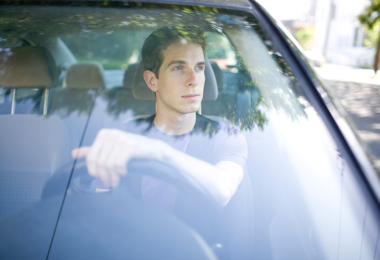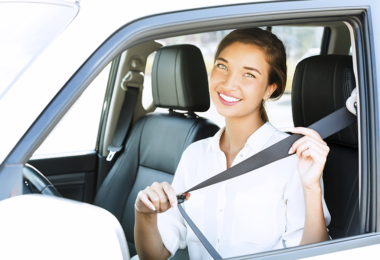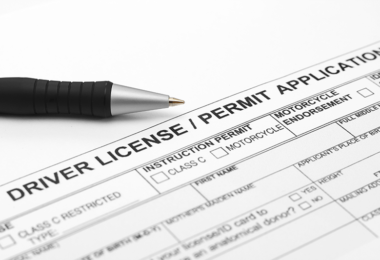Home / Modules / Components / In-vehicle monitoring / Current implementation status
Current implementation status
- No state requires the use of in-vehicle technologies to monitor, and provide feedback on, teen driving behaviors but some promote their use, especially for recording practice driving during the learning stage.
- Researchers at the UNC Highway Safety Research Center have developed a research-based software application for parents of teen drivers called “Time to Drive”. This application automatically records the amount of driving (day and night), records hard stops and driving conditions (e.g. bad weather, heavy traffic, rural roads) and generates a log for DMV. It also encourages the parent-teen team to meet driving goals, shows maps of past trips and provides tips for parents.
- Car insurance companies across the world have begun to incorporate in-vehicle monitoring as part of their coverage plans. Companies in several jurisdictions, including North America, Europe, Asia, Australia, and New Zealand, are using in-vehicle monitoring to set premiums on insurance packages.
- Many companies offer specific programs or packages for use with in-vehicle monitoring devices that are specifically targeted at young and teen drivers.4
- Carrot Car Insurance, operating in the UK uses a black box-type device they call i-box, which collects various data (e.g., speed, swerving, and usage patterns) that are then rated and combined into a ‘Driving Style’ score that is used to determine if the driver is eligible for a cash reward.
- In Australia, there is also growing interest in the possibility of combining in-vehicle monitoring technologies with gamification principles (i.e., applying game playing techniques to engage and motivate people to achieve a certain goal) in order to change driver behaviour.5





